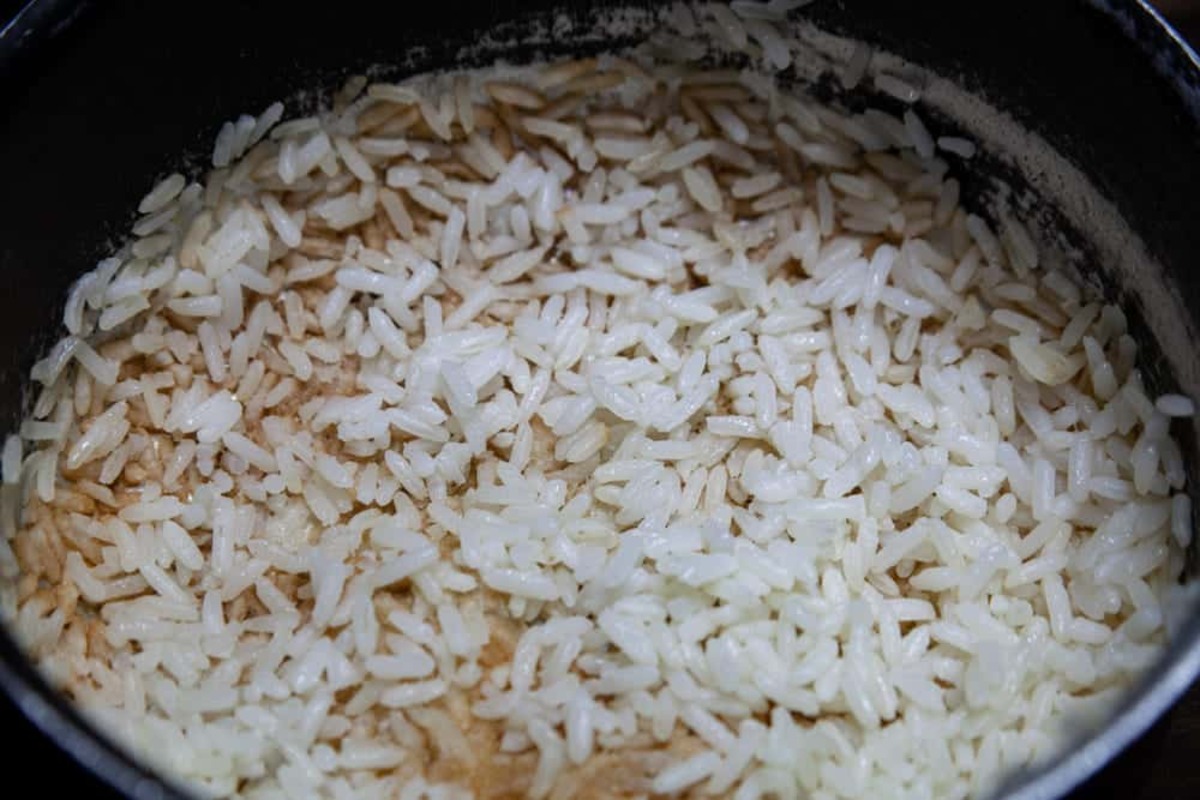

Articles
How To Keep Rice From Burning In Rice Cooker
Modified: August 28, 2024
Discover effective strategies to prevent rice from burning in rice cooker with these helpful articles.
(Many of the links in this article redirect to a specific reviewed product. Your purchase of these products through affiliate links helps to generate commission for Storables.com, at no extra cost. Learn more)
Introduction
There’s nothing quite like a perfectly cooked bowl of rice to accompany your favorite dishes. Whether you’re enjoying a stir-fry, curry, or sushi roll, the quality of the rice can make all the difference. Rice cookers have become a popular kitchen appliance for effortlessly preparing fluffy, tender rice with minimal effort. However, one common challenge many people face is the issue of rice burning in the rice cooker.
In this article, we will explore the various factors that can contribute to rice burning in a rice cooker and provide some effective tips and techniques to prevent it from happening. By understanding the role of different ingredients, ratios, and cooking methods, you’ll be able to enjoy perfectly cooked rice every time.
So, let’s dive in and learn how to keep rice from burning in a rice cooker!
Key Takeaways:
- Choose the right rice variety, measure water accurately, and monitor the cooking process to prevent burning and enjoy perfectly cooked rice every time in your rice cooker.
- Regularly clean and maintain your rice cooker to ensure its longevity and optimal performance, preventing residue buildup and potential malfunctions.
Read more: How To Keep Fire Pit From Burning Grass
Understanding Rice Cookers
Rice cookers are specialized kitchen appliances designed to simplify the process of cooking rice. These devices use a combination of heat and moisture to steam rice, resulting in perfectly cooked grains. While there are different types of rice cookers available, the most common ones feature an inner pot, a heating element, and a thermostat to regulate the temperature.
Understanding the functioning of a rice cooker is essential to prevent rice from burning. The basic principle behind rice cookers is that they bring the water to a boil, which then gets absorbed by the rice. Once the water is absorbed, the temperature inside the rice cooker rises rapidly, and without proper monitoring, the rice can burn.
Modern rice cookers are equipped with advanced features such as timers, sensors, and even smart controls. These features allow you to set the cooking time and adjust the temperature according to the type of rice you’re using. Some rice cookers also offer different cooking modes, such as quick cook or porridge, which can be useful for specific rice varieties.
Before using a rice cooker, it’s crucial to familiarize yourself with the specific instructions and settings of your model. Different rice cookers may require slightly different techniques to achieve the best results. Consulting the manufacturer’s manual and following their guidelines will ensure that you get the most out of your rice cooker and avoid any potential issues like burning the rice.
Choosing the Right Type of Rice
When it comes to preventing rice from burning in a rice cooker, selecting the right type of rice is a crucial step. Different types of rice have varying cooking times and water absorption levels, which can impact the cooking process and the likelihood of the rice sticking or burning.
Long-grain rice, such as Basmati or Jasmine rice, tend to have a fluffy texture when cooked and are less likely to stick together. They also require a slightly lower water-to-rice ratio compared to medium or short-grain rice varieties. If you prefer a lighter and separate rice grain, long-grain rice is an excellent choice.
On the other hand, medium-grain rice, like Arborio or Calrose, has a higher starch content, resulting in a stickier texture. These rice varieties are commonly used for dishes like sushi or risotto. To prevent these rice types from burning, it’s important to follow the recommended water-to-rice ratio and monitor the cooking process closely.
Short-grain rice, such as Japanese sushi rice or sticky rice, has the highest starch content and therefore tends to stick together when cooked. This type of rice requires a higher water-to-rice ratio and careful monitoring to avoid burning. It’s crucial to rinse short-grain rice thoroughly before cooking to remove excess starch and prevent it from sticking to the bottom of the rice cooker.
Aside from the variety of rice, it’s also important to consider the quality and freshness of the grains. Rice that has been stored for a long time or exposed to moisture may become sticky or clumpy, which increases the chances of burning. Opt for high-quality rice and store it properly in a cool, dry place to maintain its freshness.
Ultimately, the type of rice you choose depends on your personal preference and the dish you are preparing. By selecting the appropriate rice variety and following the recommended water-to-rice ratio, you can significantly reduce the risk of burning and enjoy perfectly cooked rice every time.
Proper Rice-to-Water Ratio
Getting the rice-to-water ratio right is crucial for achieving perfectly cooked rice and avoiding the risk of burning. The correct ratio ensures that the rice absorbs the necessary amount of water without becoming overly dry or mushy.
The general rule of thumb is to use a ratio of 1:1.5 or 1:2 (rice to water) for most long-grain rice varieties. This means that for every cup of rice, you’ll need one and a half to two cups of water. Long-grain rice typically requires less water as it has longer grains and doesn’t absorb as much moisture.
For medium-grain rice, a slightly higher ratio of 1:1.75 to 1:2.25 may be necessary. The higher starch content of medium-grain rice means it requires a bit more water for proper cooking. Adjust the amount of water based on personal preference and the desired texture of the rice.
Short-grain rice, being stickier and requiring more moisture, typically needs a ratio of 1:2.5 to 1:3. This means for every cup of short-grain rice, you’ll need two and a half to three cups of water. The extra moisture helps soften the grains and prevent them from sticking together.
It’s important to note that these ratios are general guidelines and may need adjustment depending on the specific rice variety and your personal preferences. Some rice cookers may also have specific recommendations for the rice-to-water ratio, so it’s always a good idea to consult the instruction manual.
Keep in mind that factors like altitude, humidity, and the age of the rice can also affect the cooking process and the amount of water needed. As you become more familiar with your rice cooker and the specific rice you’re using, you’ll develop a better sense of the ideal water-to-rice ratio to achieve perfectly cooked, non-burned rice.
Remember to measure both the rice and water accurately using measuring cups to maintain consistency in your cooking. Experiment with different ratios and make adjustments based on your preference until you find the perfect balance for your rice cooker and the type of rice you’re cooking.
Preparing the Rice Before Cooking
Properly preparing the rice before cooking is an essential step in preventing it from burning in the rice cooker. This includes rinsing the rice and soaking it if necessary, which helps remove excess starch and improve the texture of the cooked rice.
Rinsing the rice is important to remove any dirt, debris, or surface starch that may be present. It’s recommended to rinse the rice 2-3 times under cold running water until the water runs clear. This helps eliminate any impurities that can affect the taste and texture of the cooked rice.
In some cases, you may want to soak the rice before cooking. Soaking can help to soften the grains and ensure even cooking. This is particularly beneficial for medium and short-grain rice varieties. To soak the rice, simply place it in a bowl and cover it with water for about 15-30 minutes. After soaking, drain the water before transferring the rice to the rice cooker.
Another important consideration is the use of salt or other seasonings. Adding a pinch of salt to the rice and water can enhance the flavor of the cooked rice. However, be mindful of the amount since too much salt can overpower the taste. Add any other preferred seasonings or spices according to your personal preference and the dish you’re preparing.
It’s essential to follow the specific instructions provided by the rice cooker manufacturer for preparing the rice. Some rice cookers may have features like pre-soak settings or specific instructions for different types of rice. By following the recommended preparation steps, you can ensure that the rice cooker operates optimally and the rice cooks without burning.
Remember to drain any excess water from the rice before transferring it to the rice cooker. Excess water can lead to a longer cooking time and potentially result in overcooked or mushy rice. The proper preparation of the rice sets the stage for a successful and delicious cooking process without the risk of burning.
Add a teaspoon of oil or butter to the rice and water before cooking to prevent it from sticking to the bottom and burning.
Monitoring the Cooking Process
Monitoring the cooking process is crucial to prevent rice from burning in the rice cooker. While rice cookers are designed to automate the cooking process, it’s still important to keep an eye on the rice to ensure it cooks evenly and doesn’t stick to the bottom.
Start by selecting the appropriate cooking setting on your rice cooker based on the type of rice you’re using. Some rice cookers have specific settings for different rice varieties, while others have a standard cook mode. Follow the manufacturer’s instructions for selecting the right setting.
Once the cooking process starts, resist the temptation to open the rice cooker lid prematurely. Opening the lid can release steam and disrupt the cooking process, potentially resulting in unevenly cooked rice. Allow the rice cooker to do its job and maintain a consistent temperature inside.
However, it’s important to periodically check on the rice as it cooks. This can be done by gently lifting the lid and quickly inspecting the rice without fully removing the lid. This allows you to monitor the progress and ensure that the rice is cooking evenly.
If you notice that the rice is cooking too quickly or there are signs of burning, reduce the heat or switch to a lower cooking setting. Adjustments can be made depending on the specific rice cooker and the type of rice being cooked.
Keep in mind that the cooking time can vary depending on factors such as the amount of rice, the type of rice cooker, and the specific rice variety. It’s important to be patient and allow the rice to cook for the recommended duration or until the rice cooker indicator signals that it’s done.
Once the cooking cycle is complete, it’s recommended to let the rice sit in the rice cooker with the lid closed for a few minutes to allow for further absorption and steaming. This helps the grains settle and ensures a fluffier texture.
By actively monitoring the cooking process and making necessary adjustments, you can prevent rice from burning and achieve perfectly cooked rice with a delightful texture and flavor.
Using Additional Cooking Aids
In addition to following the proper techniques and monitoring the cooking process, there are some additional cooking aids that can help prevent rice from burning in a rice cooker. These aids can enhance the cooking experience and improve the overall outcome of the cooked rice.
One popular cooking aid is the use of a non-stick cooking spray or a small amount of cooking oil. Lightly spraying the inner pot of the rice cooker or adding a small amount of oil can create a non-stick surface, preventing the rice from sticking to the bottom. This can be particularly helpful when cooking sticky rice or certain varieties known for their tendency to stick together.
Another helpful cooking aid is the use of a heat diffuser. A heat diffuser placed between the rice cooker and the heat source can help distribute the heat evenly, minimizing the chances of hot spots that can lead to burning. This can be especially useful when using older or less advanced rice cooker models that may have uneven heat distribution.
Some people find that adding a layer of sliced vegetables, such as carrots or onions, to the bottom of the rice cooker can help prevent burning. The vegetables act as a protective layer, creating a barrier between the rice and the heat source. This method not only prevents burning but also adds flavor and aroma to the cooked rice.
Additionally, using a quality rice cooker with advanced features such as a “keep warm” function can be beneficial. This feature allows the rice cooker to automatically switch to a lower heat setting once the rice is cooked. It keeps the rice warm without continuing the cooking process, reducing the risk of burning if the rice remains in the cooker for an extended period.
It’s important to note that while these cooking aids can be helpful, they may not be necessary for all types of rice or rice cooker models. It’s always a good idea to test different methods and see which works best for your specific rice cooker and rice variety.
Remember to exercise caution and follow the manufacturer’s instructions when using any additional cooking aids. Each rice cooker may have specific guidelines and recommendations on the use of these aids.
By utilizing these additional cooking aids, you can further reduce the chances of burning and achieve consistently delicious and perfectly cooked rice in your rice cooker.
Preventing Rice from Sticking to the Bottom
One common issue when cooking rice in a rice cooker is the rice sticking to the bottom of the pot, which can lead to burning and a less than desirable texture. Fortunately, there are several methods and techniques you can employ to prevent rice from sticking to the bottom of the rice cooker.
One effective method is to properly prepare the rice before cooking. Rinsing the rice thoroughly under cold running water helps remove excess starch, which can contribute to sticking. Additionally, soaking the rice for a short period of time can further soften the grains and prevent them from clumping together and sticking to the bottom.
Another key aspect is using the correct water-to-rice ratio. Adding too little water can result in undercooked rice that sticks, while using too much water can lead to overcooked and mushy rice. Following the recommended water-to-rice ratio for your specific rice variety and adjusting as necessary will help prevent sticking.
Adding a small amount of oil or using a non-stick cooking spray can also help create a protective layer that prevents the rice from sticking. Before adding the rice, lightly coat the inner pot of the rice cooker with oil or spray it with a non-stick cooking spray. This step reduces friction and prevents the rice from adhering to the surface.
Furthermore, many modern rice cookers have a non-stick coating on their inner pots. It’s important to ensure that this coating is intact and in good condition. If the non-stick coating is damaged, it’s advisable to replace the pot to maintain optimal cooking results.
During the cooking process, it’s crucial not to open the lid too frequently. Opening the lid releases steam, disrupts the cooking process, and can cause the rice to stick. Only open the lid when necessary and preferably towards the end of the cooking cycle to check if the rice is fully cooked.
Once the rice is cooked, it’s recommended to fluff it with a fork or rice paddle. Gently separate the grains to prevent them from clumping together and sticking. Leaving the rice in the rice cooker with the lid closed for a few minutes after cooking also allows any residual moisture to distribute evenly and further helps prevent sticking.
Cleaning the rice cooker promptly after use is crucial to prevent future sticking. Make sure to remove any residual rice or starch from the inner pot. Using a soft sponge or cloth, gently clean the pot with warm soapy water and rinse it thoroughly. Regular maintenance will help maintain the non-stick surface and prevent any buildup from affecting future cooking results.
By following these preventative measures and incorporating proper preparation, cooking techniques, and maintenance, you can significantly reduce the likelihood of rice sticking to the bottom of your rice cooker, resulting in perfectly cooked rice each time.
Cleaning and Maintenance of Rice Cooker
Proper cleaning and maintenance of your rice cooker are essential for ensuring its longevity and optimal performance. Regularly cleaning and maintaining your rice cooker not only prevents the buildup of residue and odors but also helps prevent potential issues like burning or sticking of rice. Here are some key steps to keep your rice cooker in top condition:
1. After each use, unplug the rice cooker and allow it to cool down. Never attempt to clean the rice cooker while it’s still hot, as it can cause burns and damage the appliance.
2. Once the rice cooker has cooled down, remove the inner cooking pot and wash it with warm, soapy water. Gently scrub the pot with a soft sponge or cloth to remove any residue or stuck-on food particles.
3. Rinse the inner cooking pot thoroughly to remove any soap residue. Make sure to pay extra attention to the areas around the heating element and the edges of the pot.
4. If your rice cooker has a removable steam vent or condensation collector, remove it and wash it separately. These parts can collect residue and should be cleaned regularly to prevent clogging and potential malfunctions.
5. Wipe down the exterior of the rice cooker with a damp cloth to remove any spills or stains. Avoid using abrasive cleaners or harsh chemicals as they can damage the surface of the rice cooker.
6. It’s important to periodically check the sealing ring or gasket of your rice cooker, if applicable. Make sure it’s clean and free from any residue or debris. If the sealing ring is damaged or shows signs of wear, replace it to ensure a proper seal during cooking.
7. Pay attention to the rice cooker lid and its components. Wipe the lid with a damp cloth and remove any food particles or residue. Check for any signs of damage, such as loose hinges or a damaged steam vent, and address them accordingly.
8. If your rice cooker has a removable power cord, detach it from the appliance and clean it separately. Wipe the cord with a damp cloth, ensuring it is dry before reattaching it to the rice cooker.
9. Lastly, store your rice cooker in a clean and dry place, away from extreme heat or moisture. To prevent any unpleasant odors from developing, leave the rice cooker lid slightly open when not in use.
By following these cleaning and maintenance practices, you can keep your rice cooker in excellent condition and ensure that it continues to provide you with perfectly cooked rice for years to come.
Conclusion
Keeping rice from burning in a rice cooker requires a combination of proper techniques, attention to detail, and regular maintenance. By understanding the functionality of your rice cooker, choosing the right type of rice, and maintaining the correct rice-to-water ratio, you can significantly reduce the risk of burning and achieve perfectly cooked rice.
Preparing the rice before cooking, including rinsing and soaking, helps remove excess starch and improve the texture of the cooked rice. Monitoring the cooking process and making any necessary adjustments allows you to ensure even cooking and prevent burning. Using additional cooking aids, such as non-stick sprays or vegetable layers, can further prevent sticking and enhance the cooking experience.
Regular cleaning and maintenance of your rice cooker are essential for its longevity and optimal performance. By properly cleaning the inner pot, steam vent, and exterior, you can prevent residue buildup and potential malfunctions. Checking and maintaining the sealing ring, lid components, and power cord contributes to the overall functionality and safety of the rice cooker.
In conclusion, with the right knowledge and techniques, you can keep rice from burning in a rice cooker and enjoy perfectly cooked rice every time. Choose the appropriate rice variety, measure the water accurately, prepare the rice properly, and closely monitor the cooking process. Employ additional cooking aids if necessary and consistently clean and maintain your rice cooker to ensure its longevity and excellent performance.
By following these tips and techniques, you’ll be able to prevent rice from burning in your rice cooker and savor delicious, fluffy rice that perfectly complements your favorite dishes.
Frequently Asked Questions about How To Keep Rice From Burning In Rice Cooker
Was this page helpful?
At Storables.com, we guarantee accurate and reliable information. Our content, validated by Expert Board Contributors, is crafted following stringent Editorial Policies. We're committed to providing you with well-researched, expert-backed insights for all your informational needs.
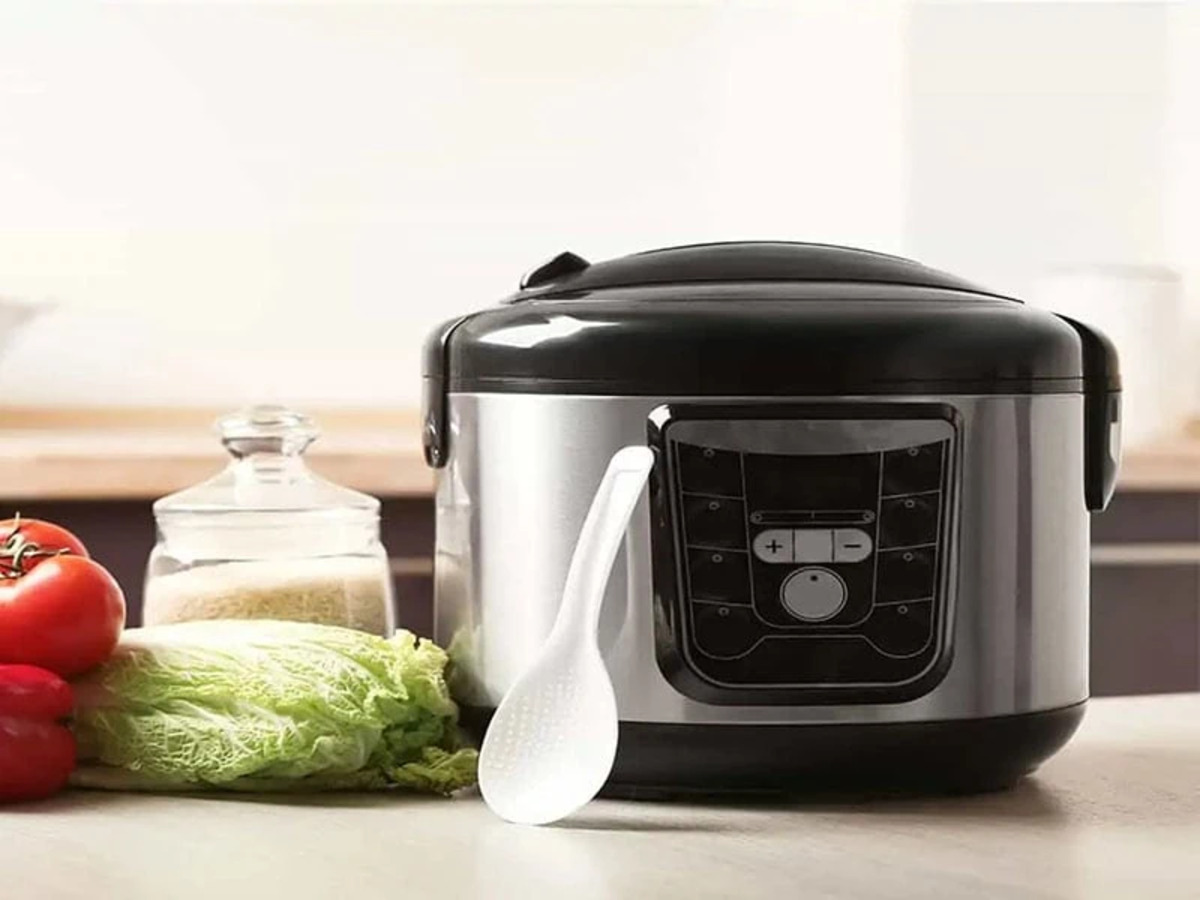
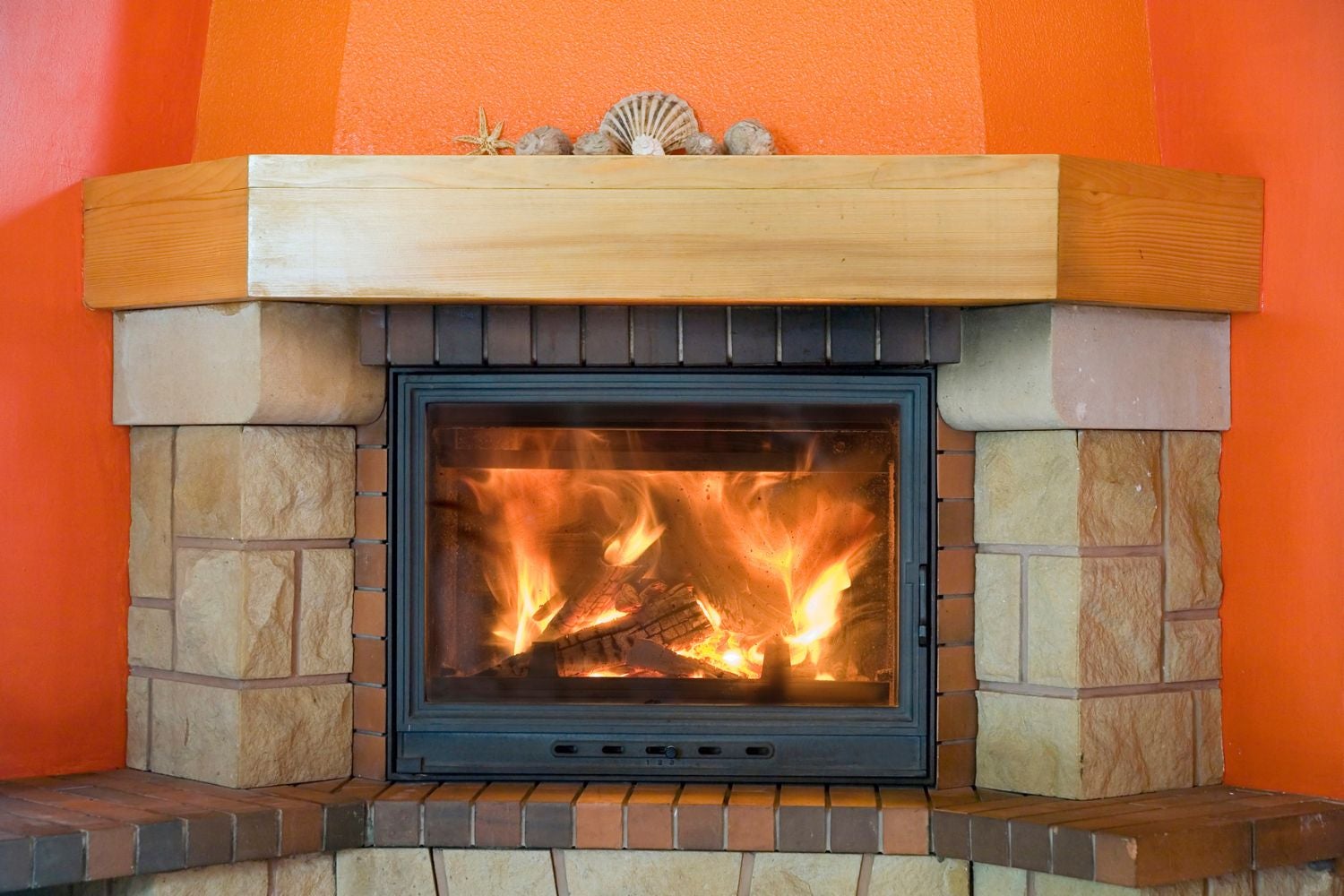
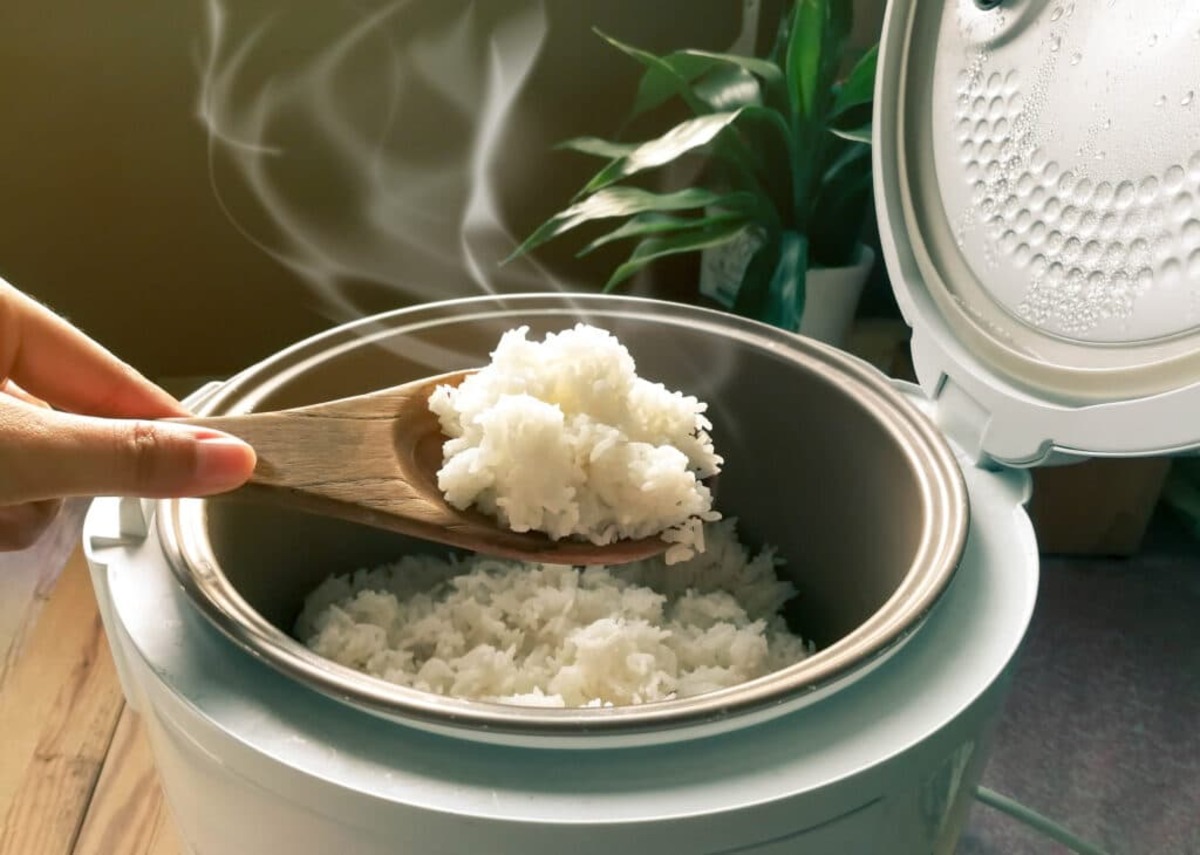
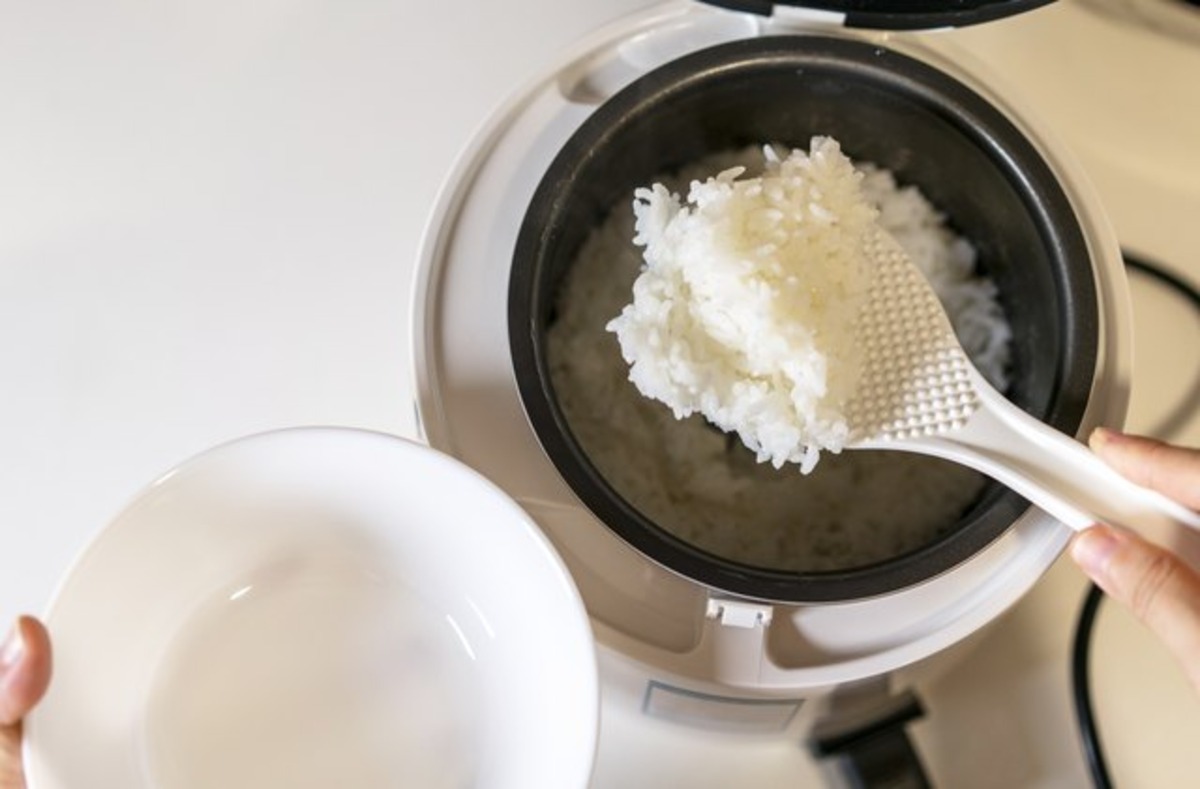
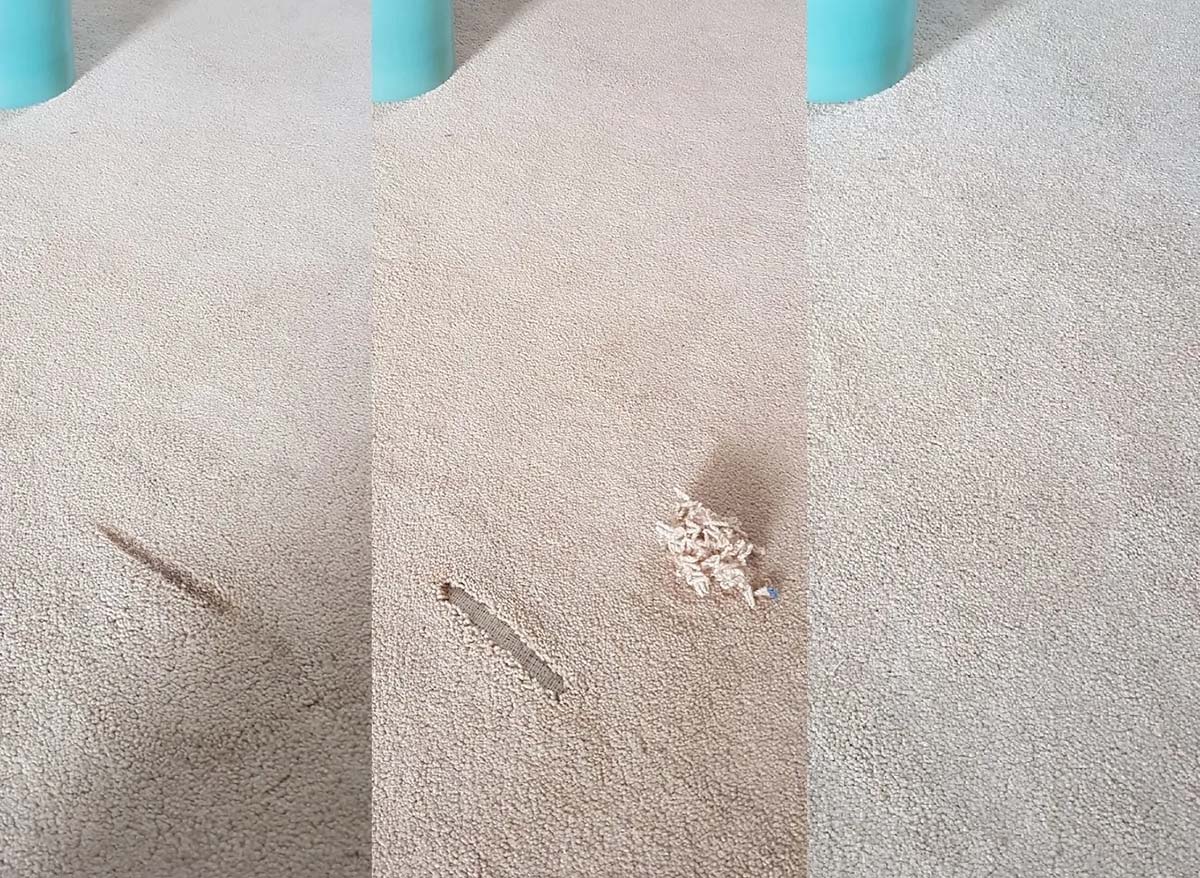
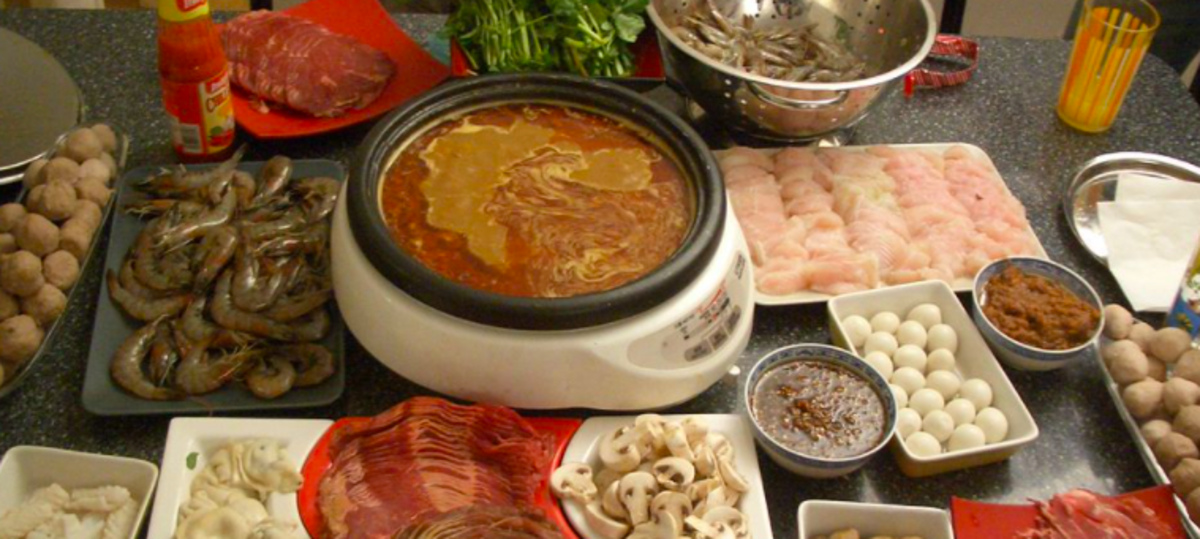


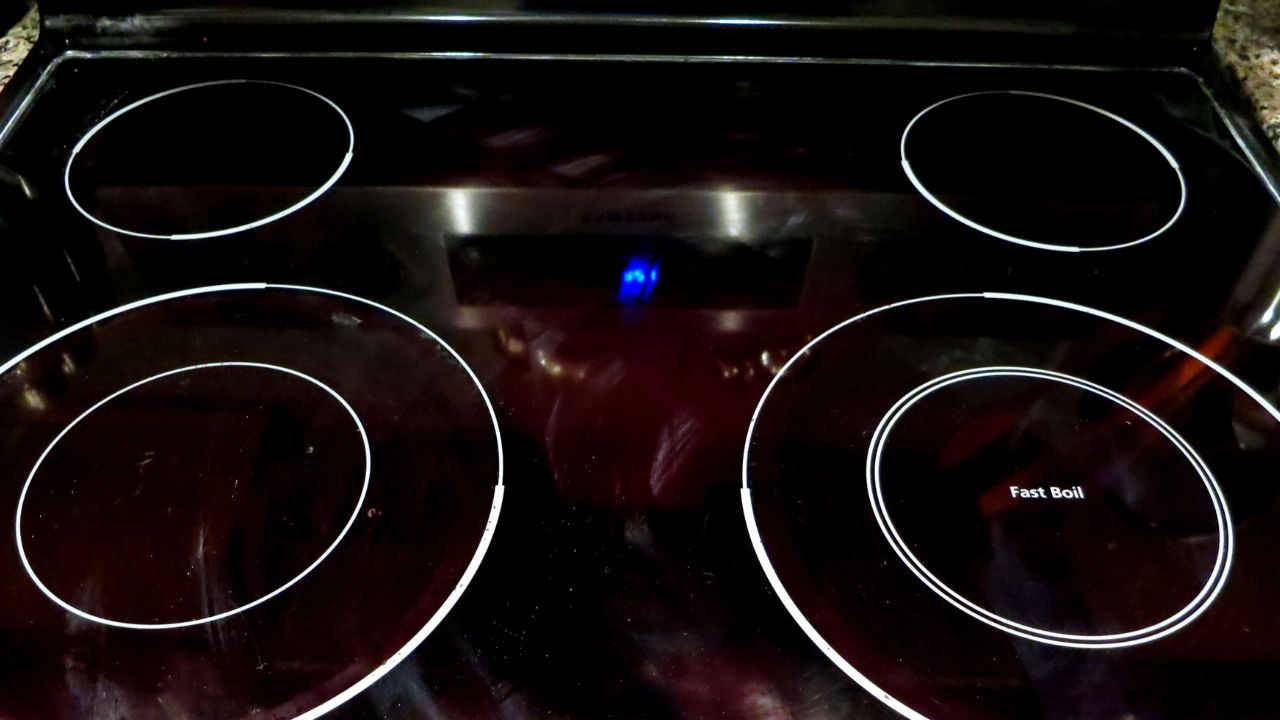
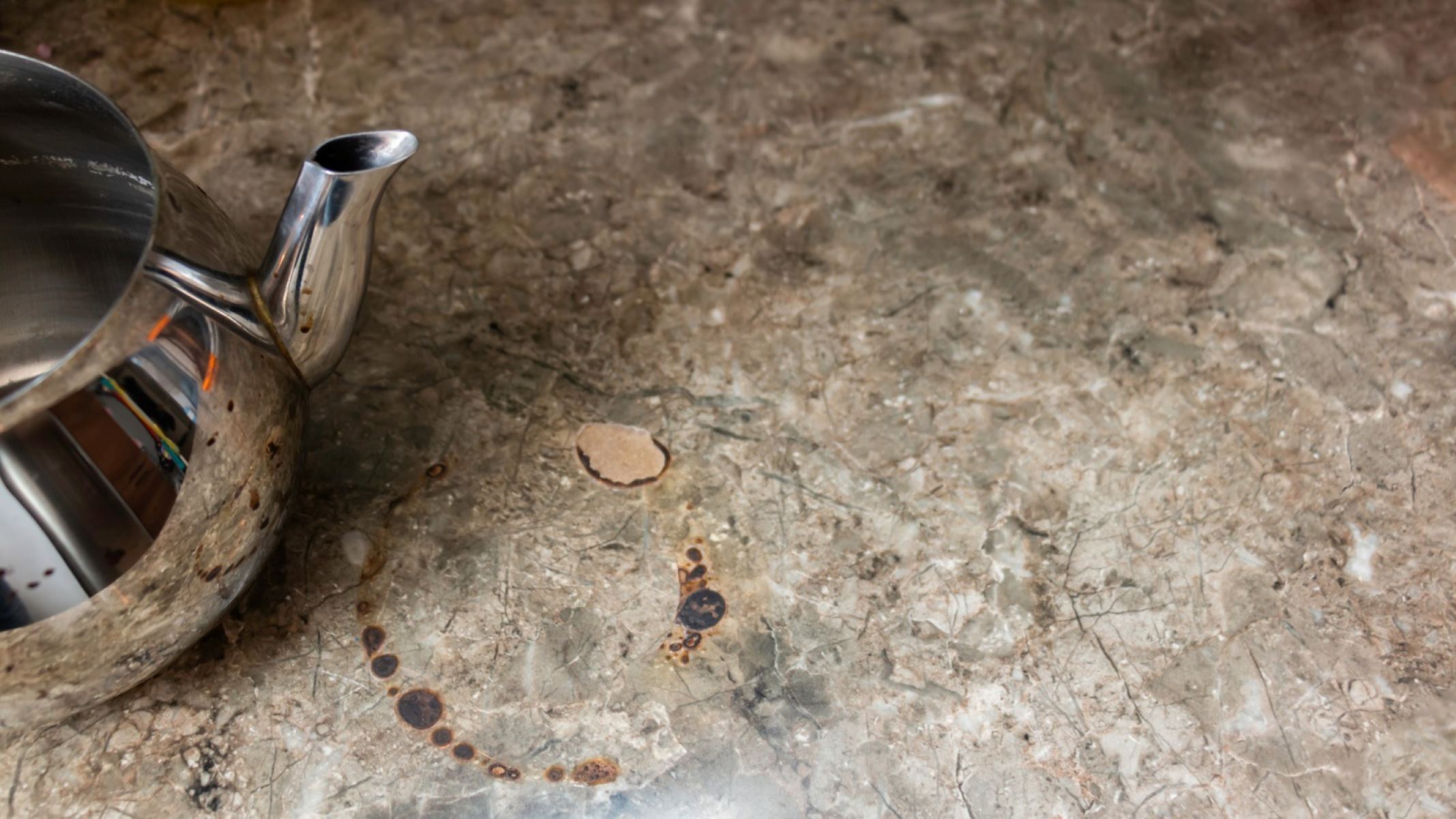
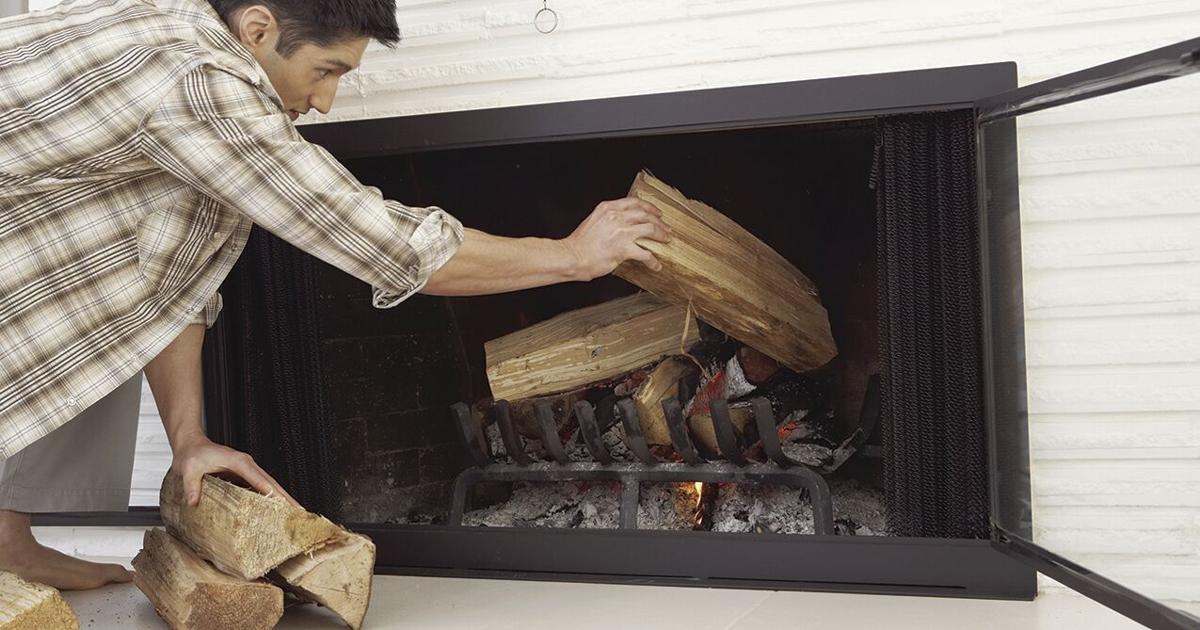
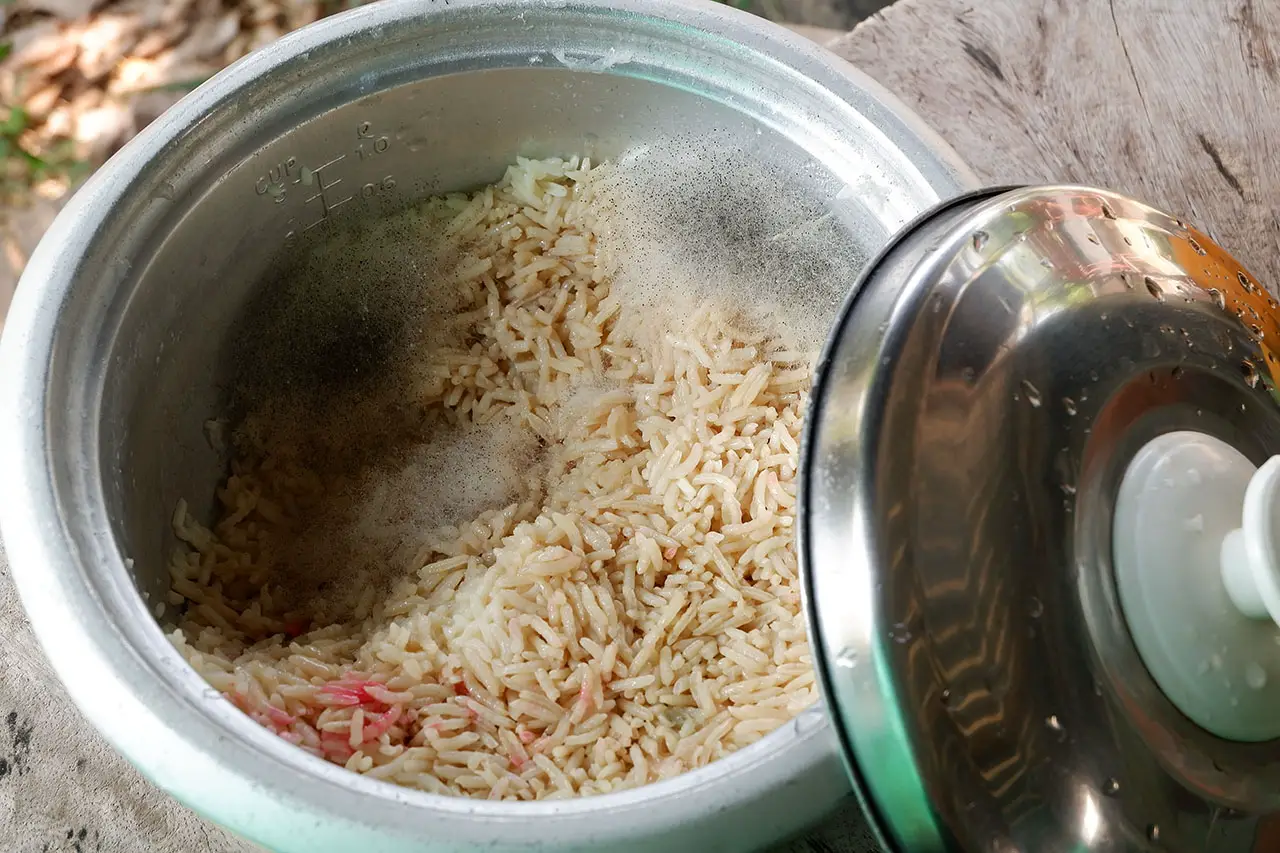
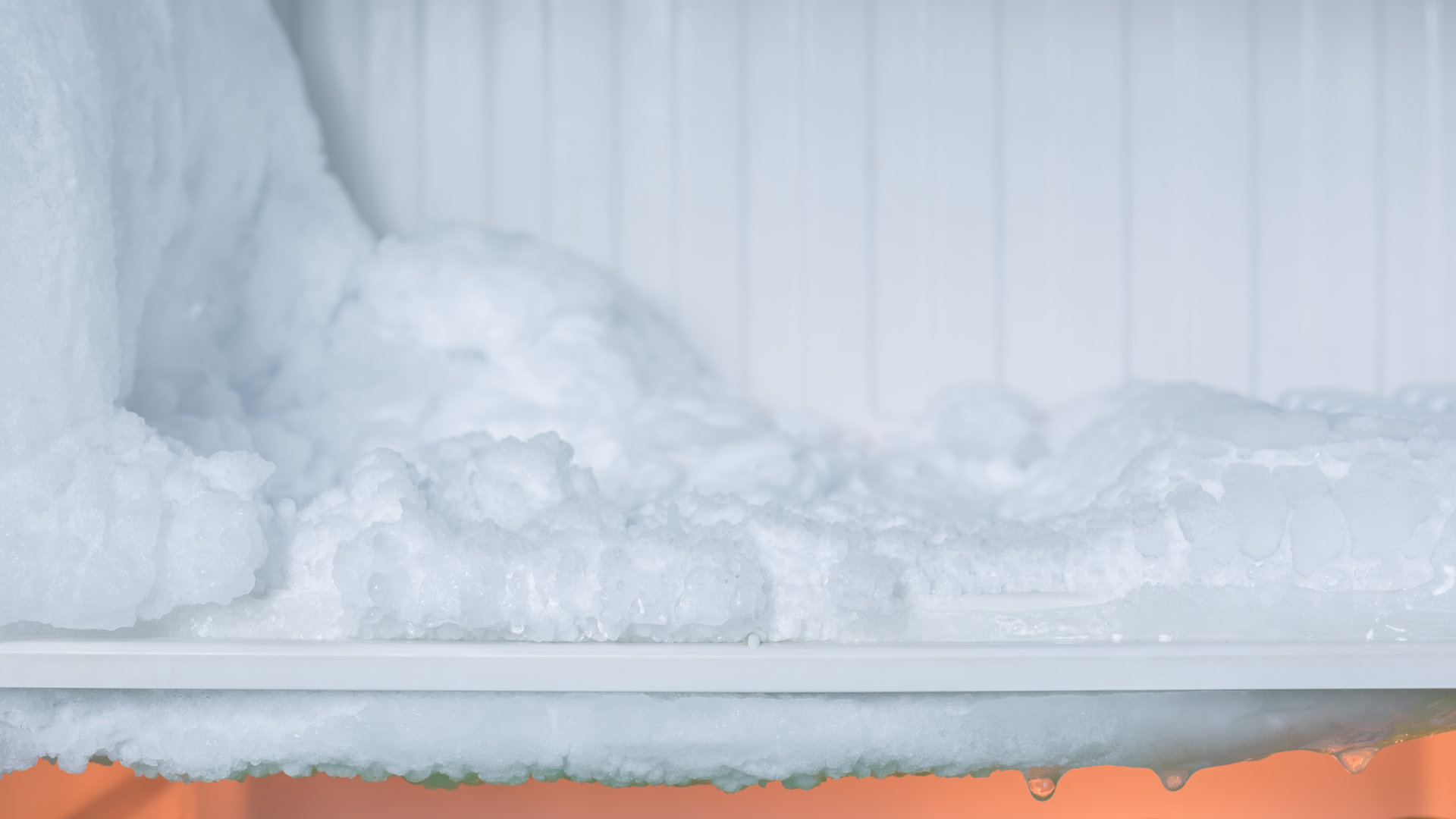

0 thoughts on “How To Keep Rice From Burning In Rice Cooker”